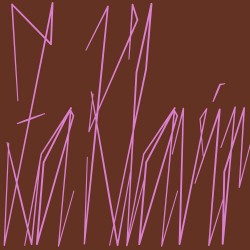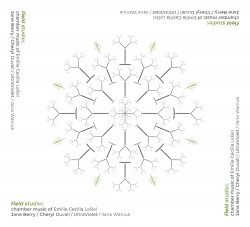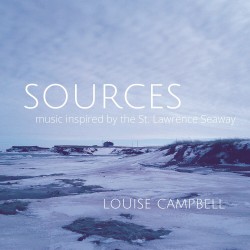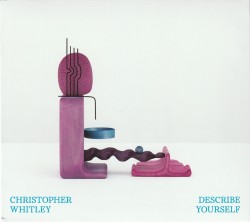Transformation: Interactive works for piano - Megumi Masaki
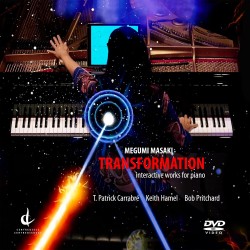 Transformation – Interactive works for piano
Transformation – Interactive works for piano
Megumi Masaki
Centrediscs CMCDVD 29322 (cmccanada.org/product-category/recordings/centrediscs)
Japanese-Canadian Megumi Masaki is an internationally renowned pianist, multimedia performing artist, educator and curator who was recently appointed Director of Music at the Banff Centre for Arts and Creativity. The DVD Transformation features her performing three interactive Canadian compositions for piano and new technology, each composed in collaboration with Masaki. A project documentary follows.
Orpheus (1) by T. Patrick Carrabré (composer, live electronics) and Margaret Atwood (poetry), for piano, toy piano, synthesizer and voice, challenges the Orpheus myth as a love story. Electronic sound washes open, then Masaki’s musically played simple lines and white snowflake-like specks on the blue backdrop. Faster accessible music, keyboard lines, spoken poetry, electronic rumbles/washes and backdrop scenes add excitement.
Piano Games by Keith Hamel (composer, software designer, live computer operator) for piano, hand tracking and live interactive video which responds to the piano sounds and hand positions, making each performance different. Backdrop lightning-like flashes and swirls match Masaki’s outfit colours. Hostile loud sounds and exploding lights to calming softer sounds and slower swirls to the pianist’s physical gestures, this is gaming chamber music!
Dōshite? どうして? by Bob Pritchard (composer, SHRUG designer, live computer operator) for piano, voice and movement honours the over 21,000 Japanese Canadians sent to internment camps in 1942 during WWII. Use of spoken text from Tsukiye Muriel Kitagawa’s book This is My Own (editor Roy Miki’s permission), a film featuring black and white photos from this time and piano music including Japanese song fragments “is offered as a form of apology”.
Masaki and each composer talk about their musical and technological creative process and working together in the informative Transformation Documentary Film.
The music, visuals and hi-tech interactions on Transformation are indeed unforgettably transforming.



